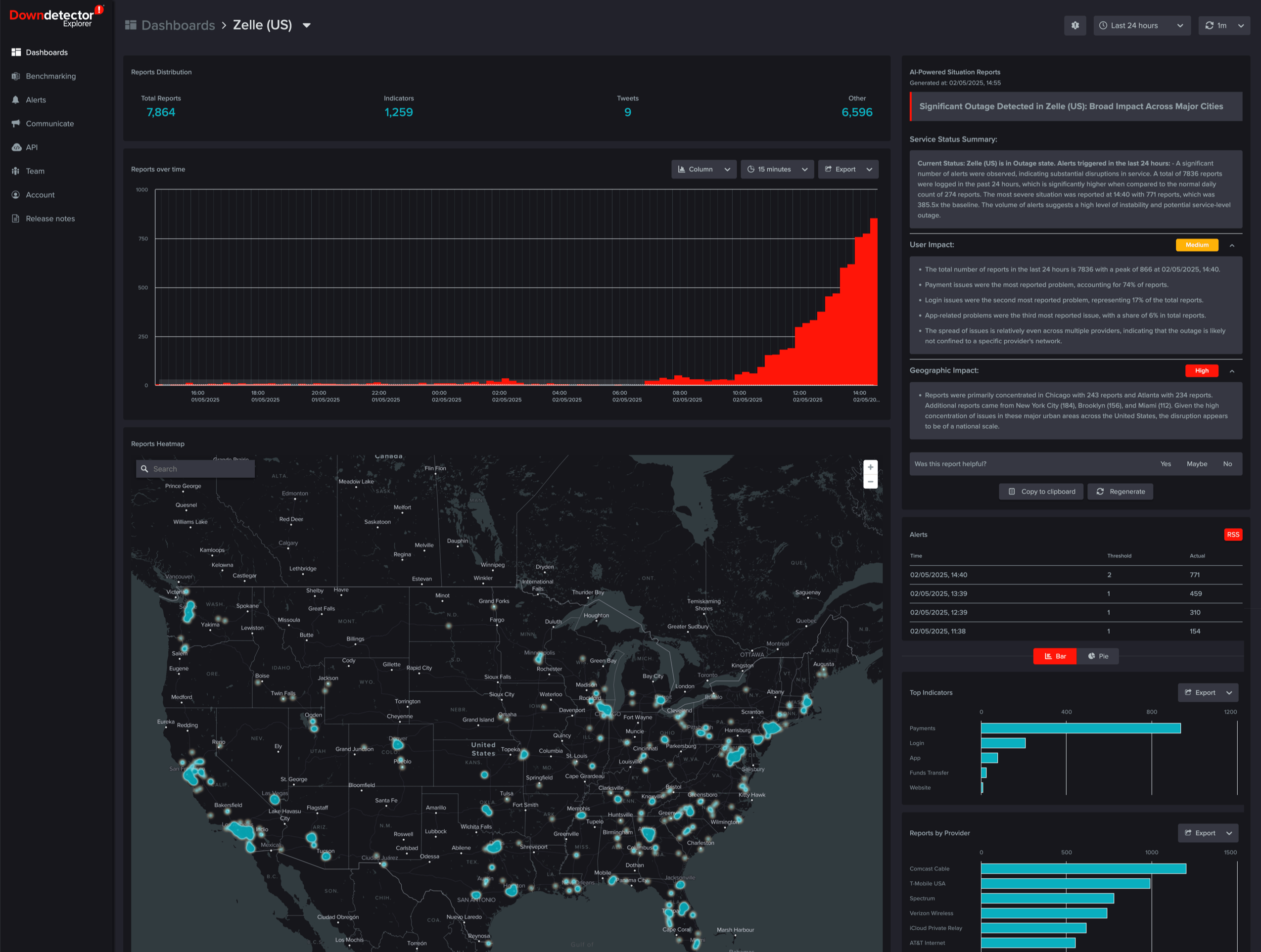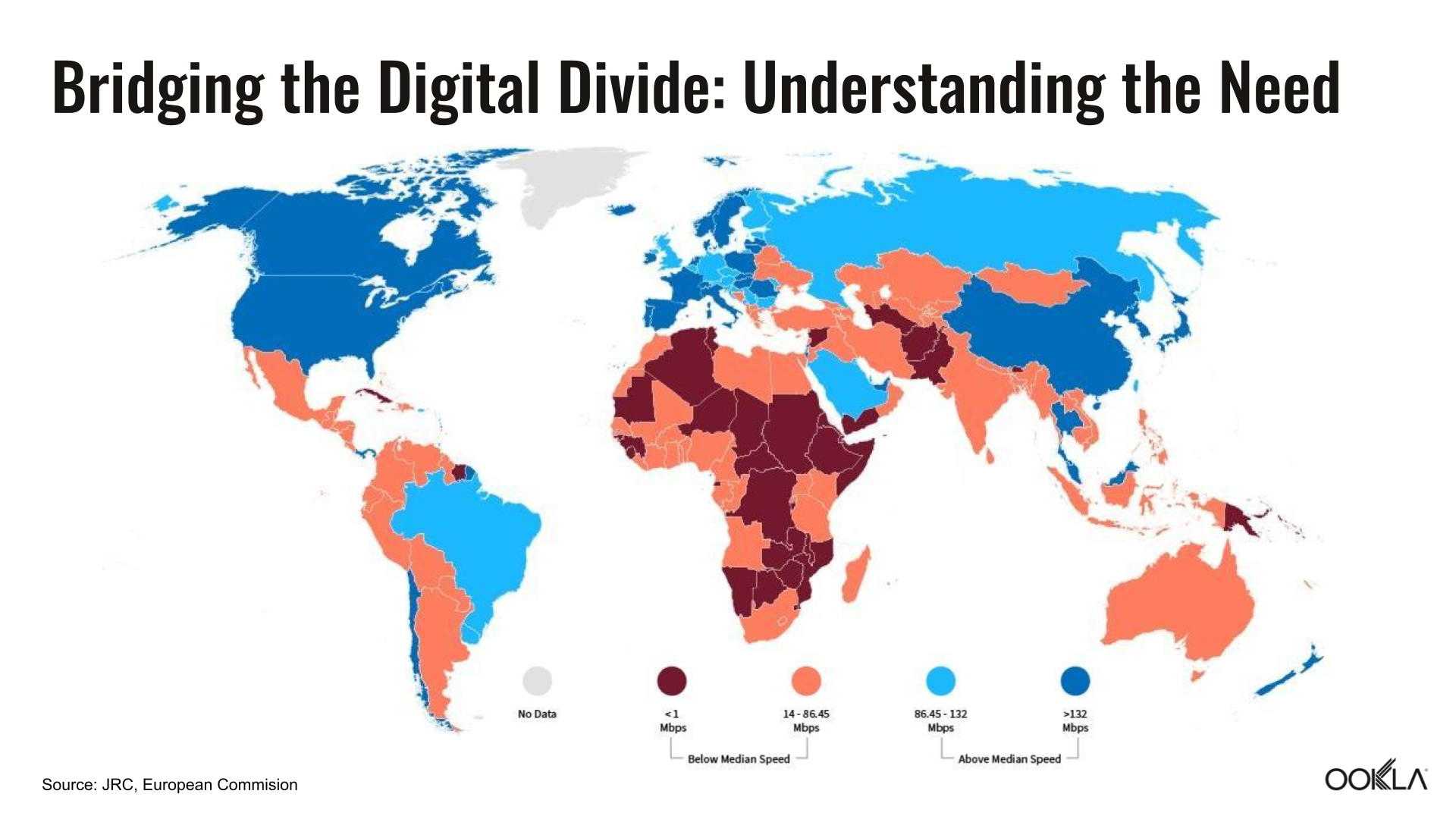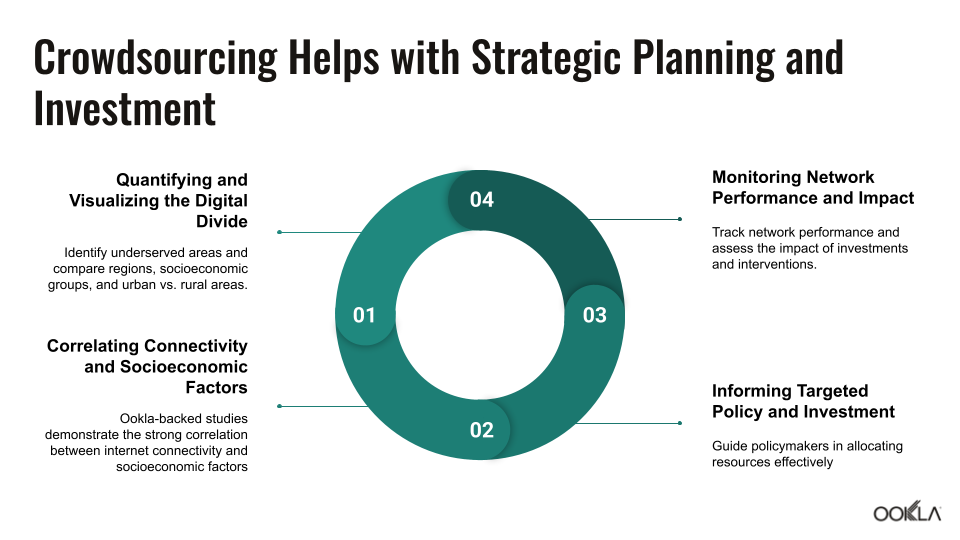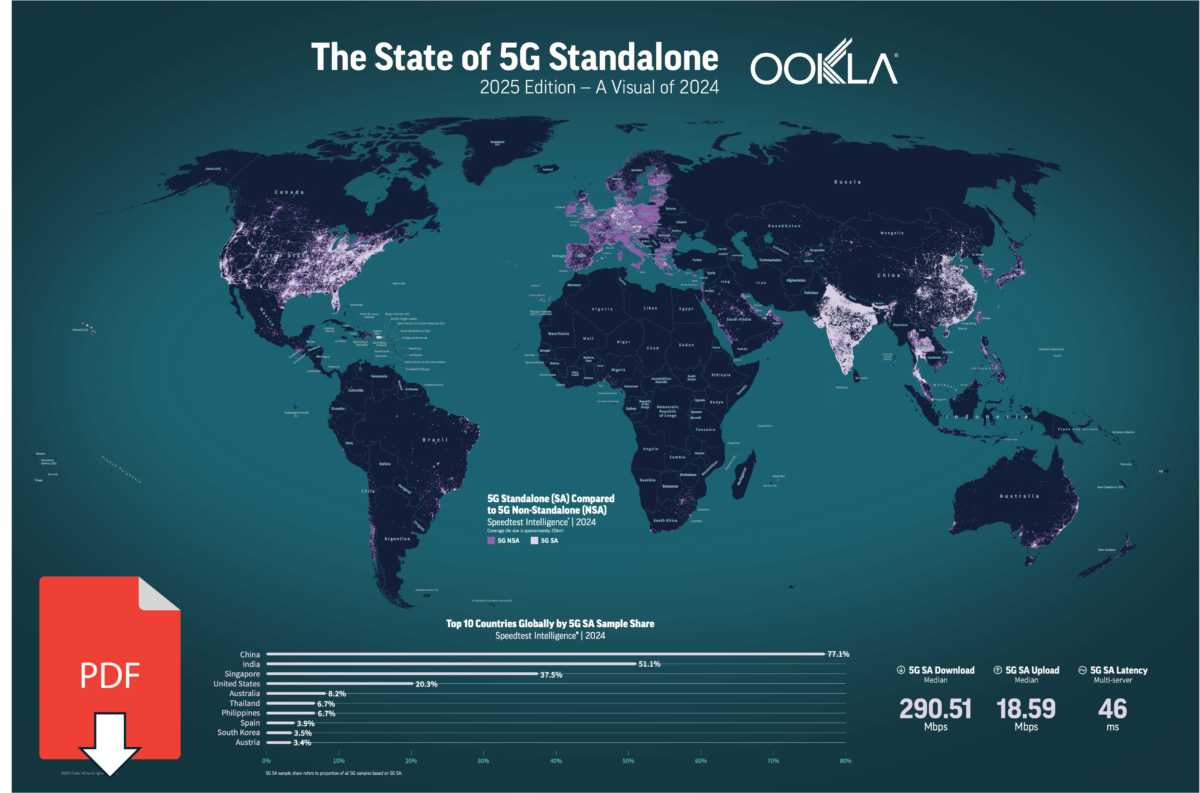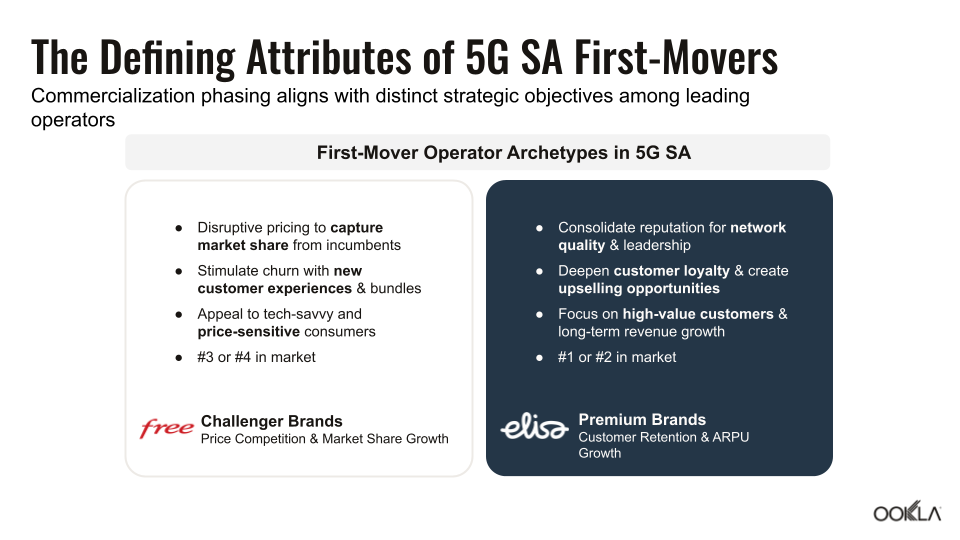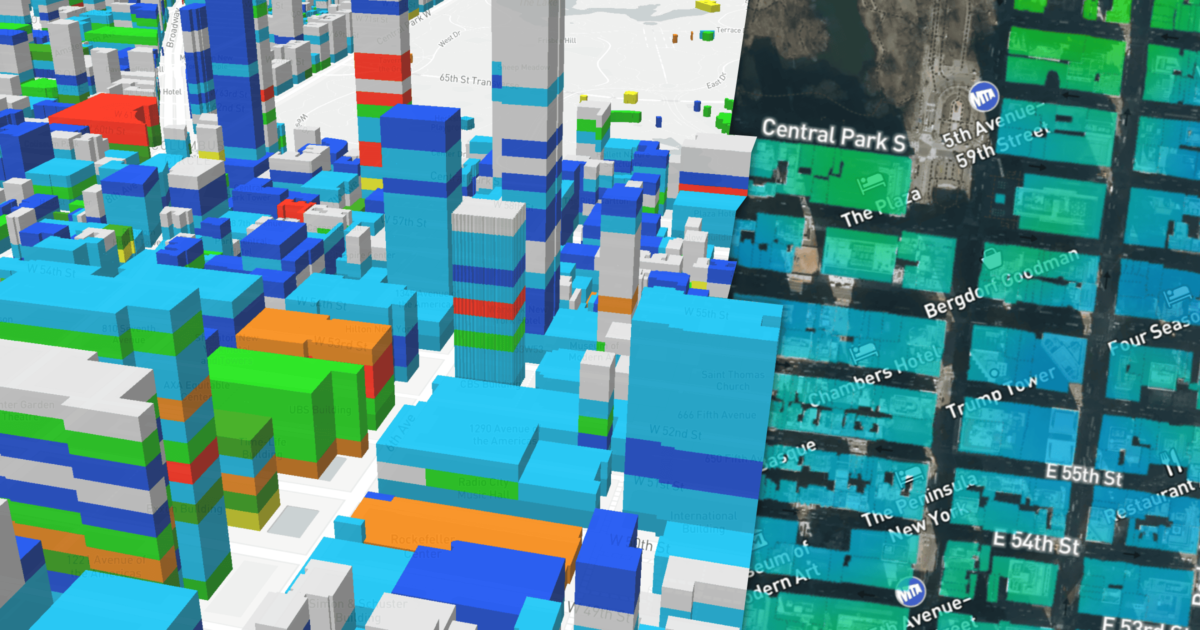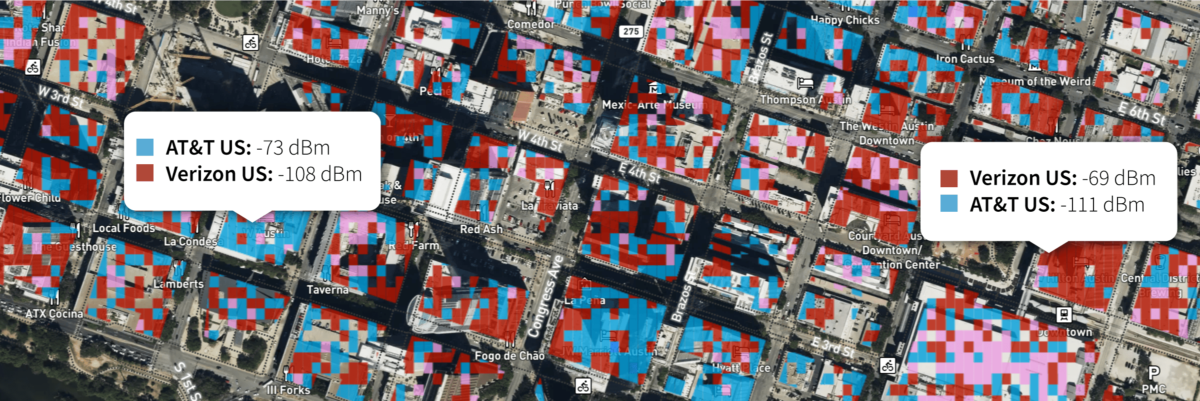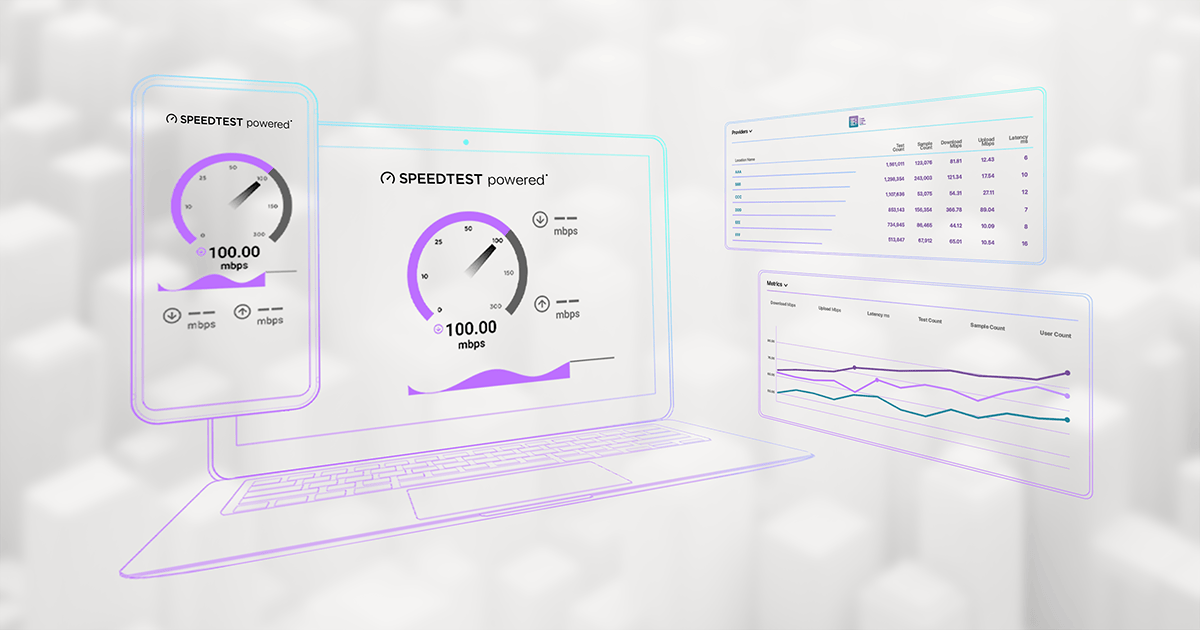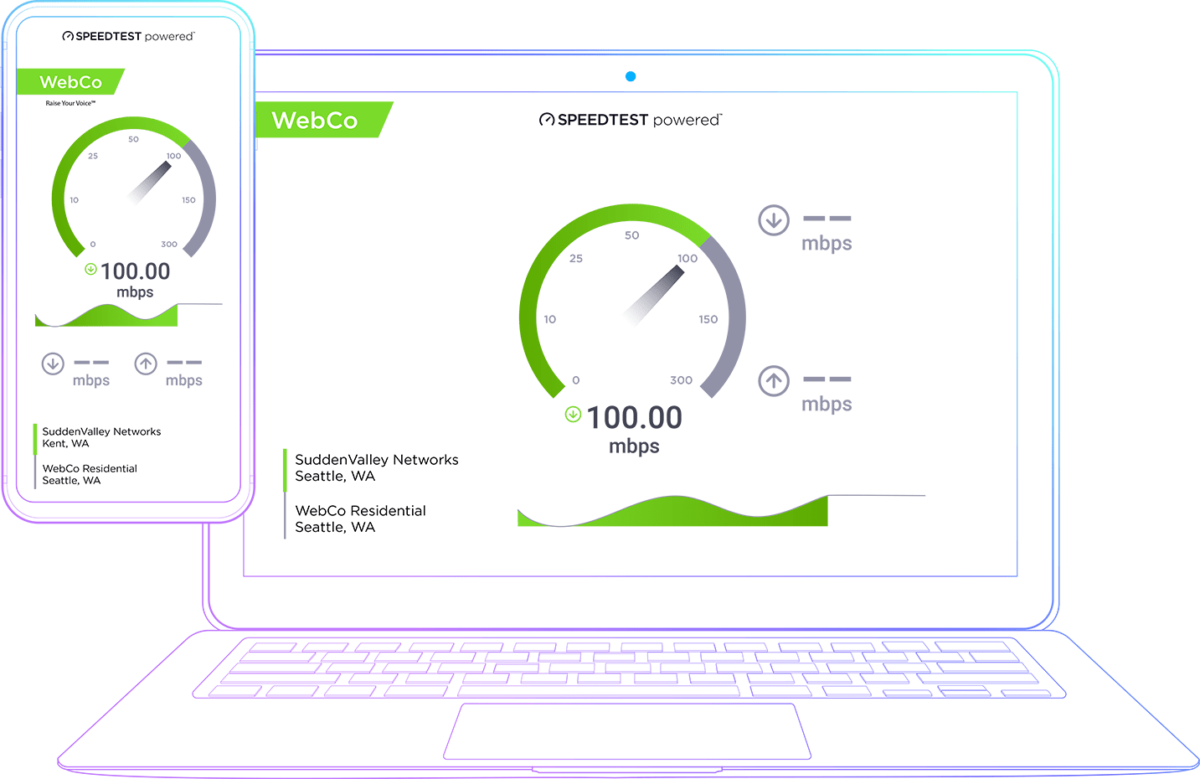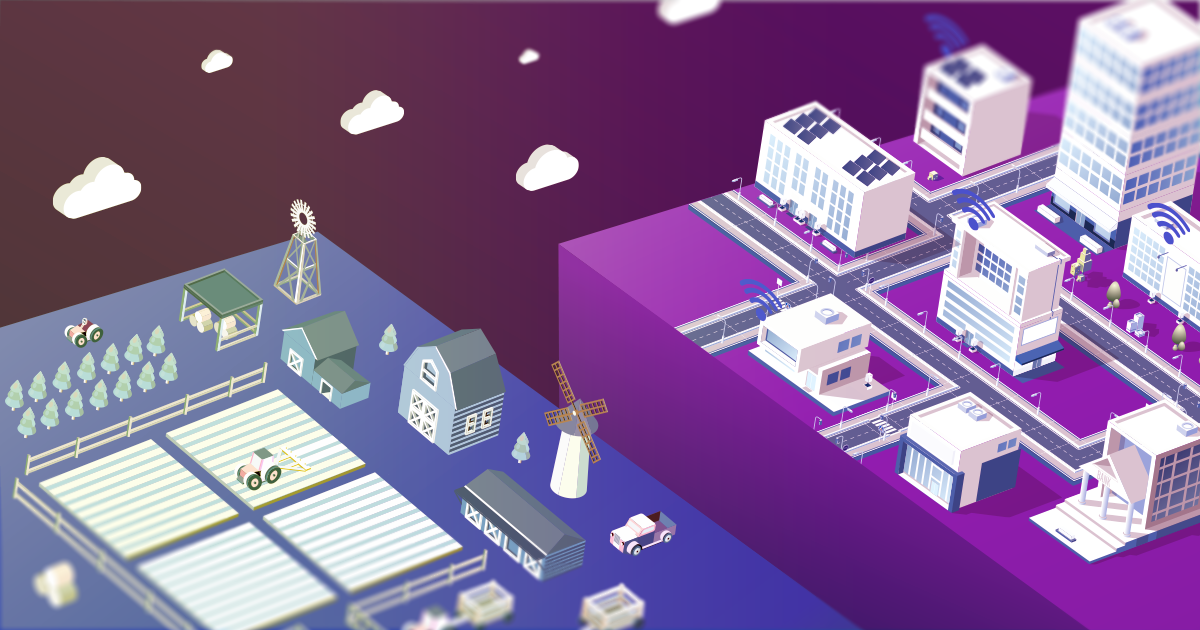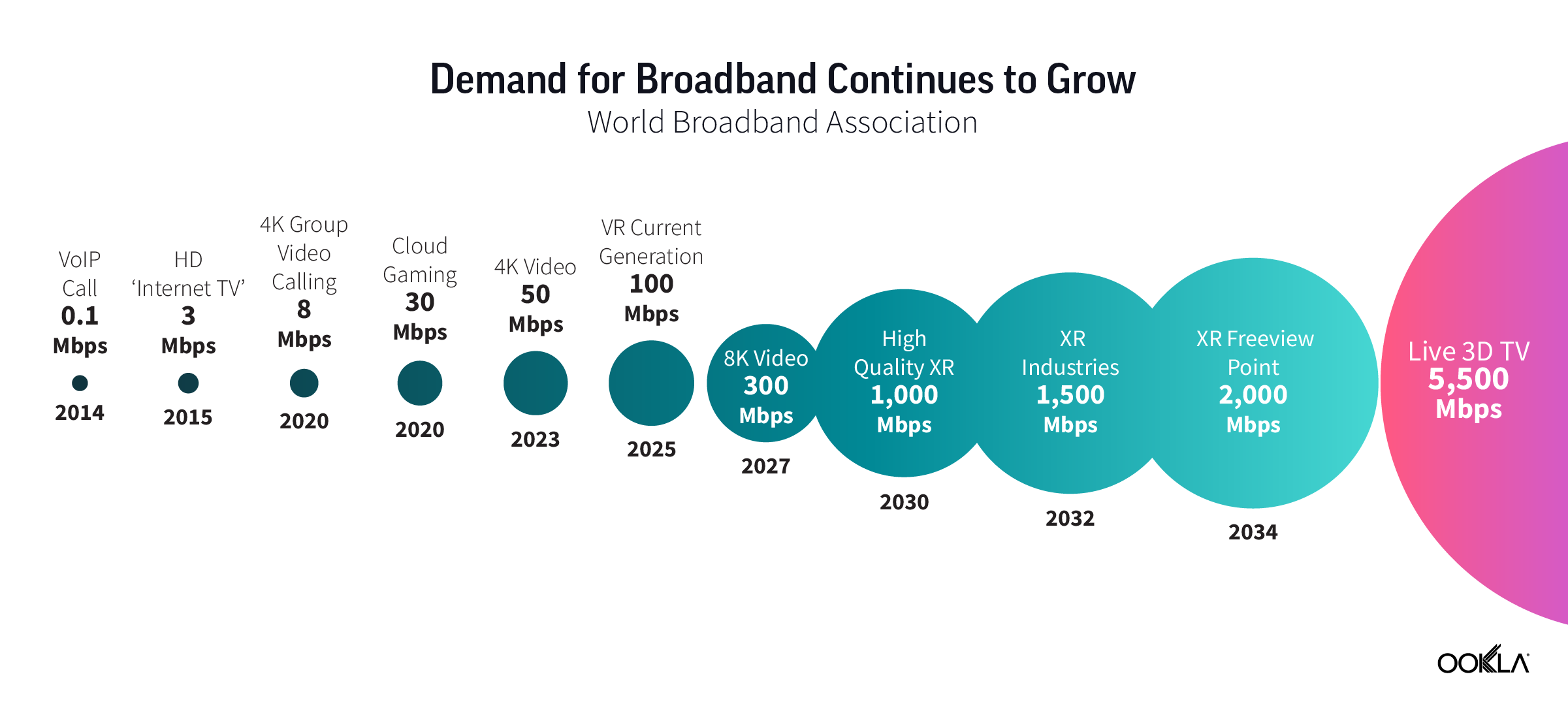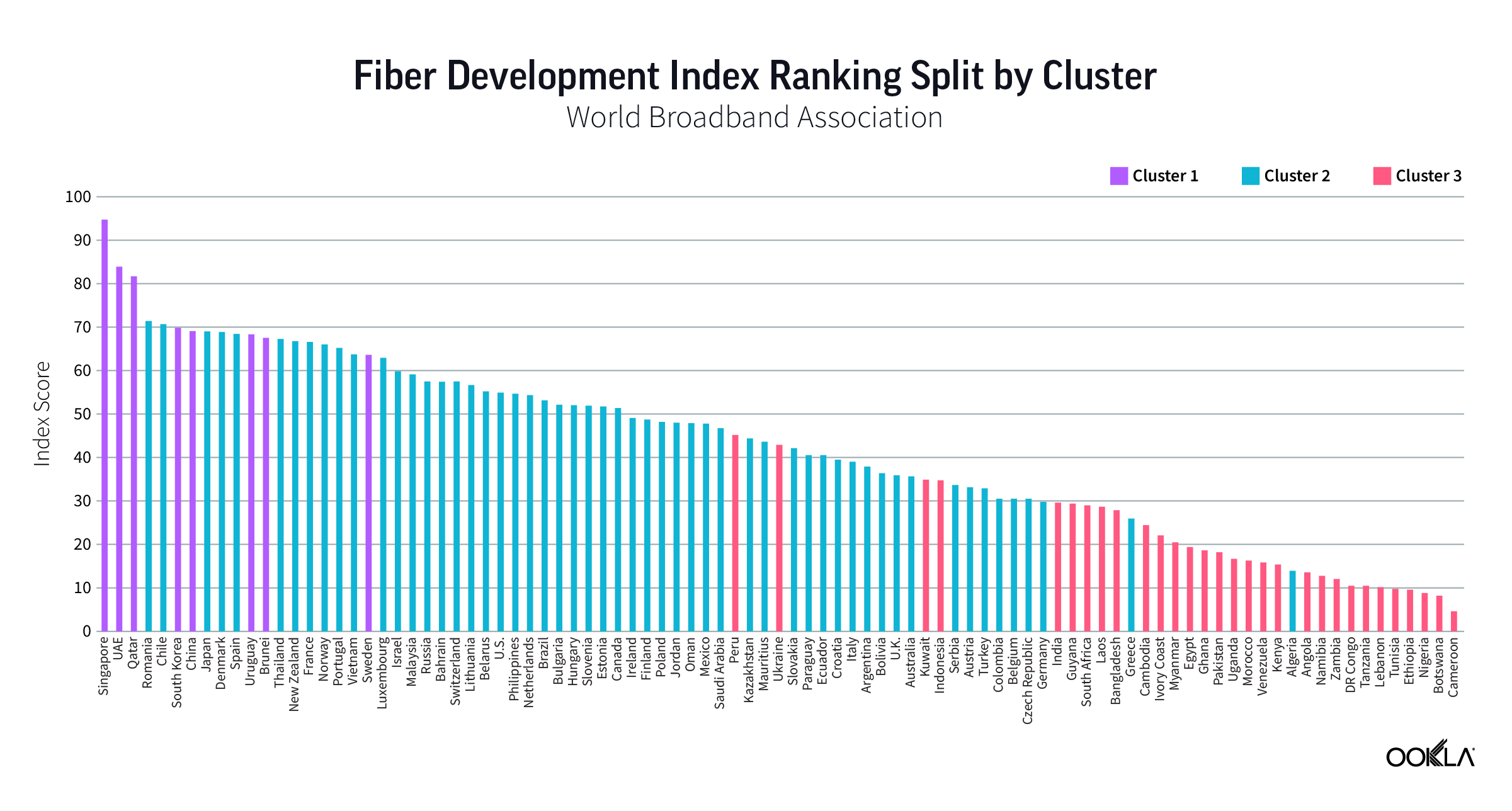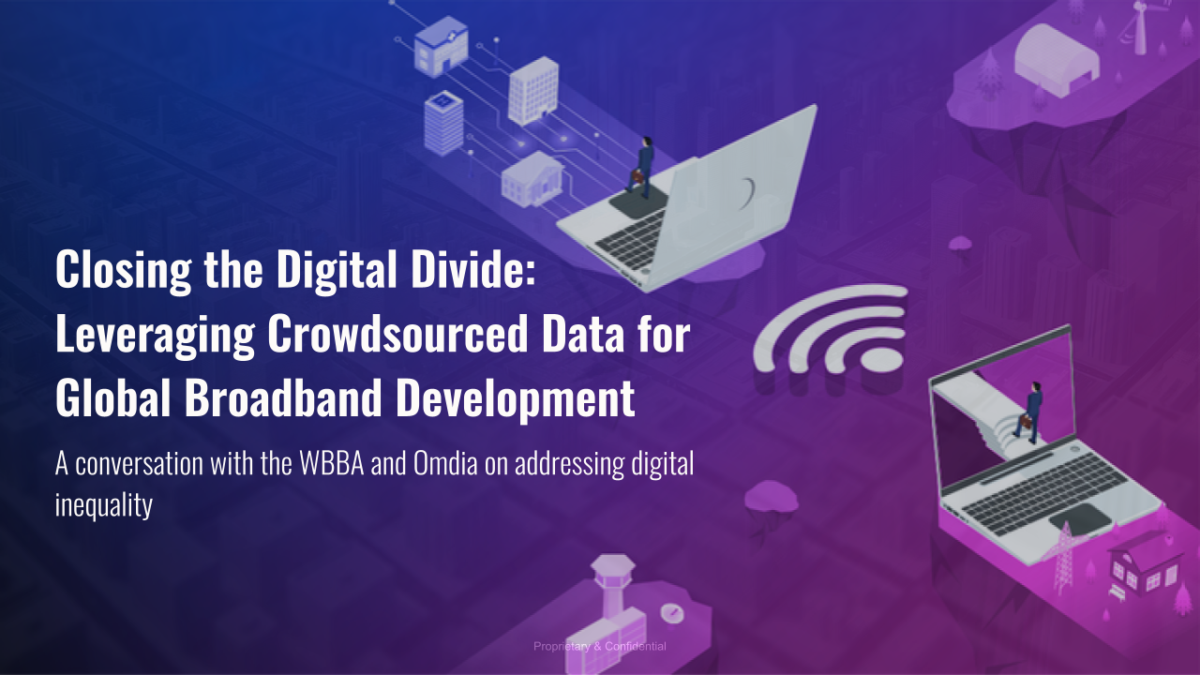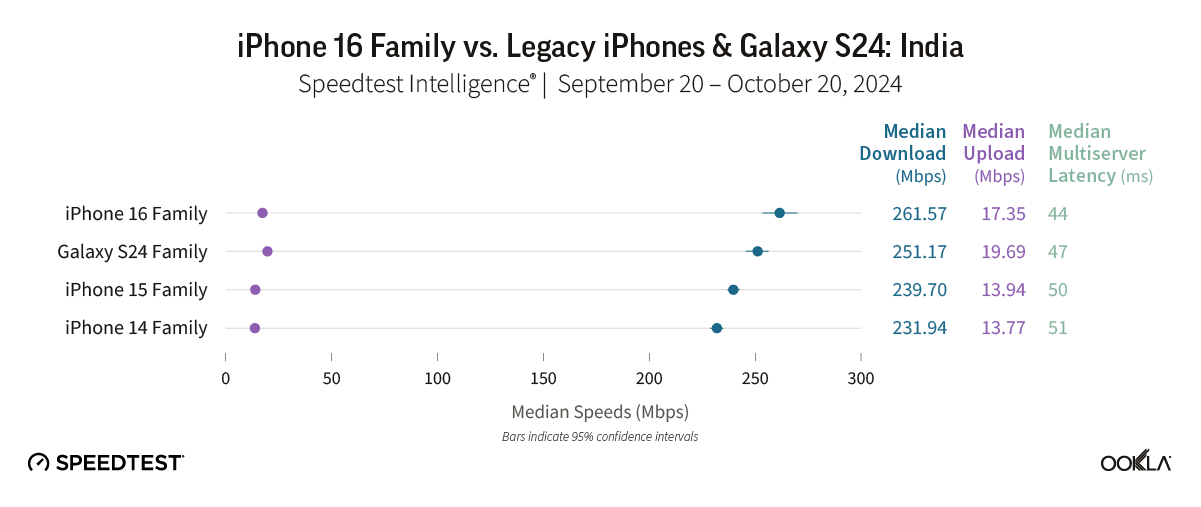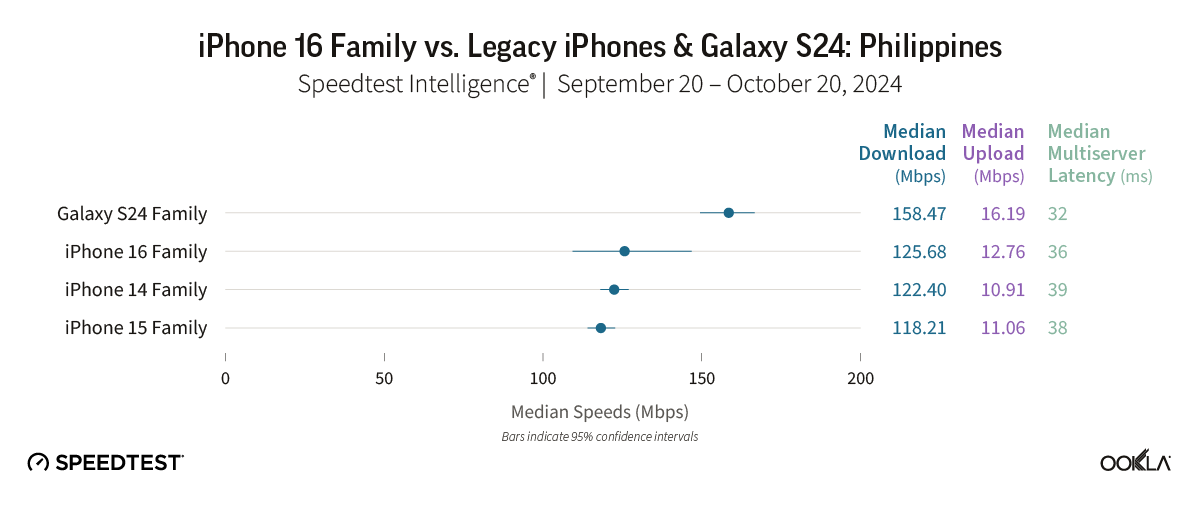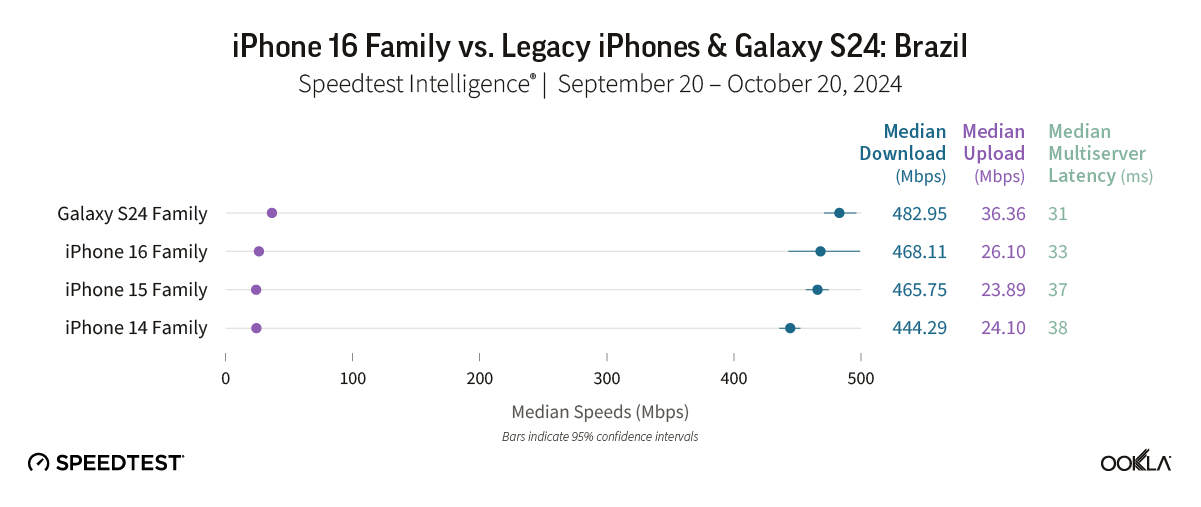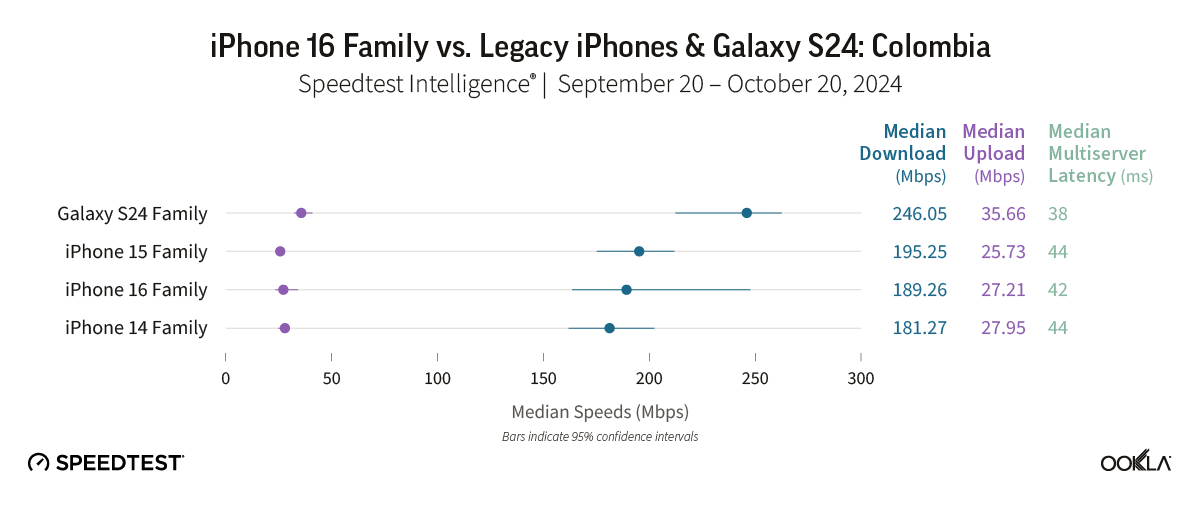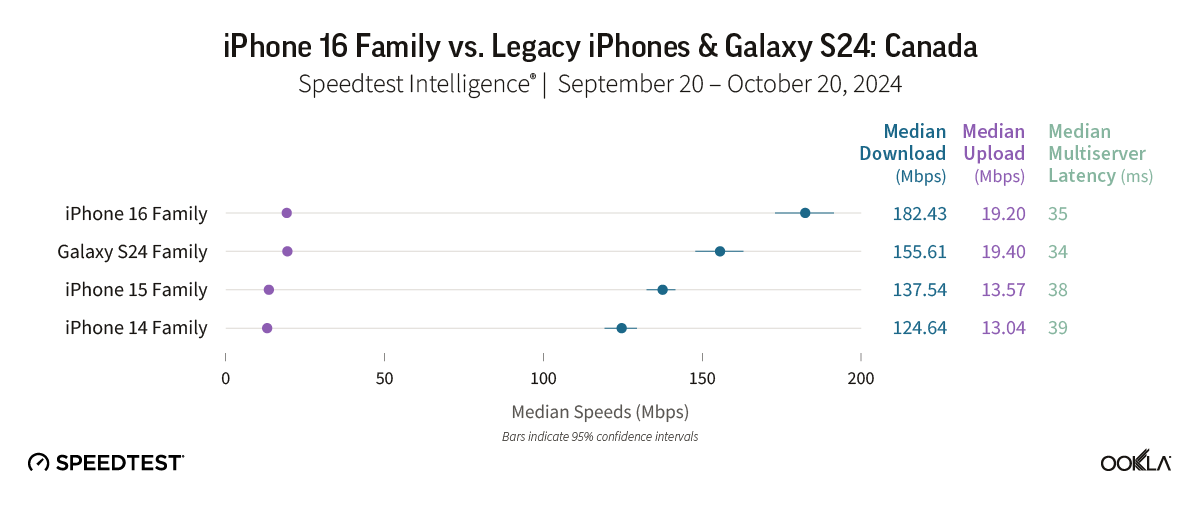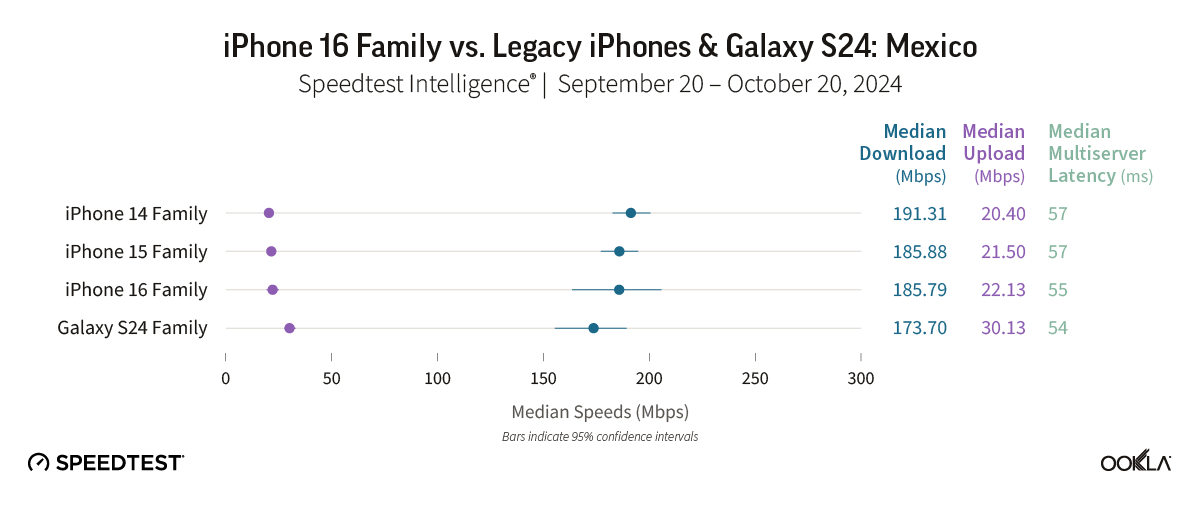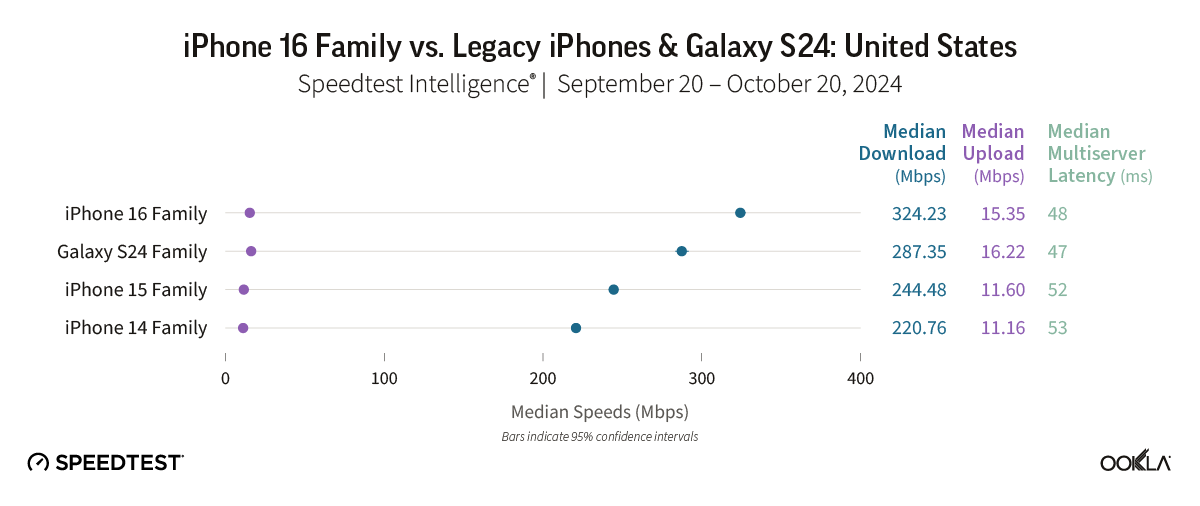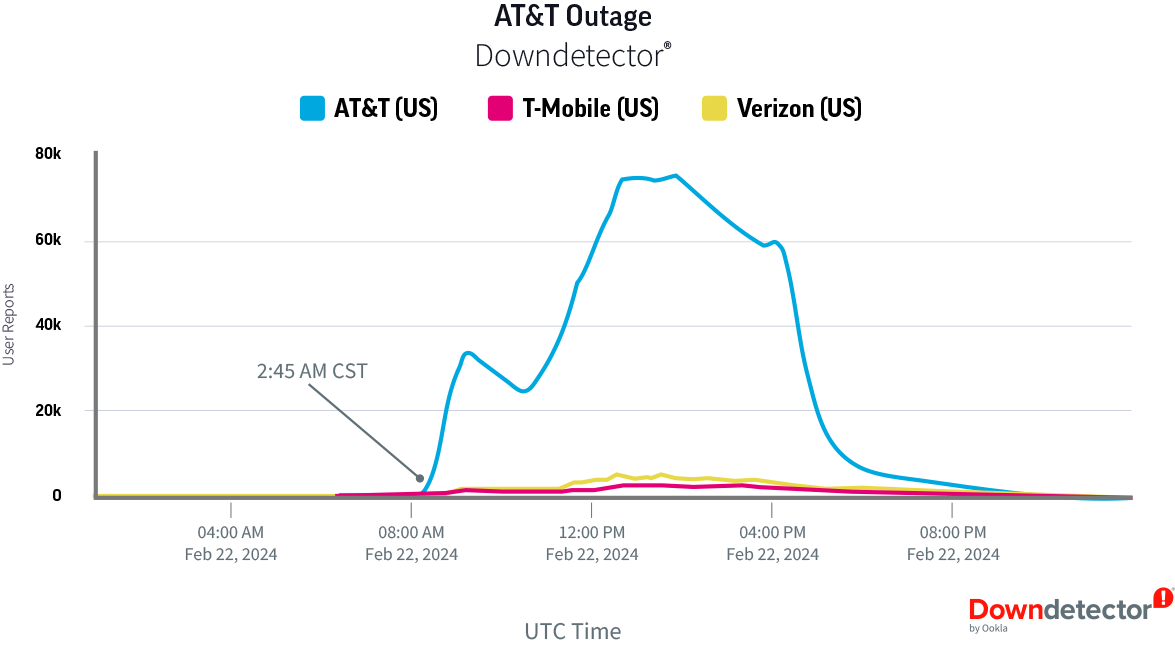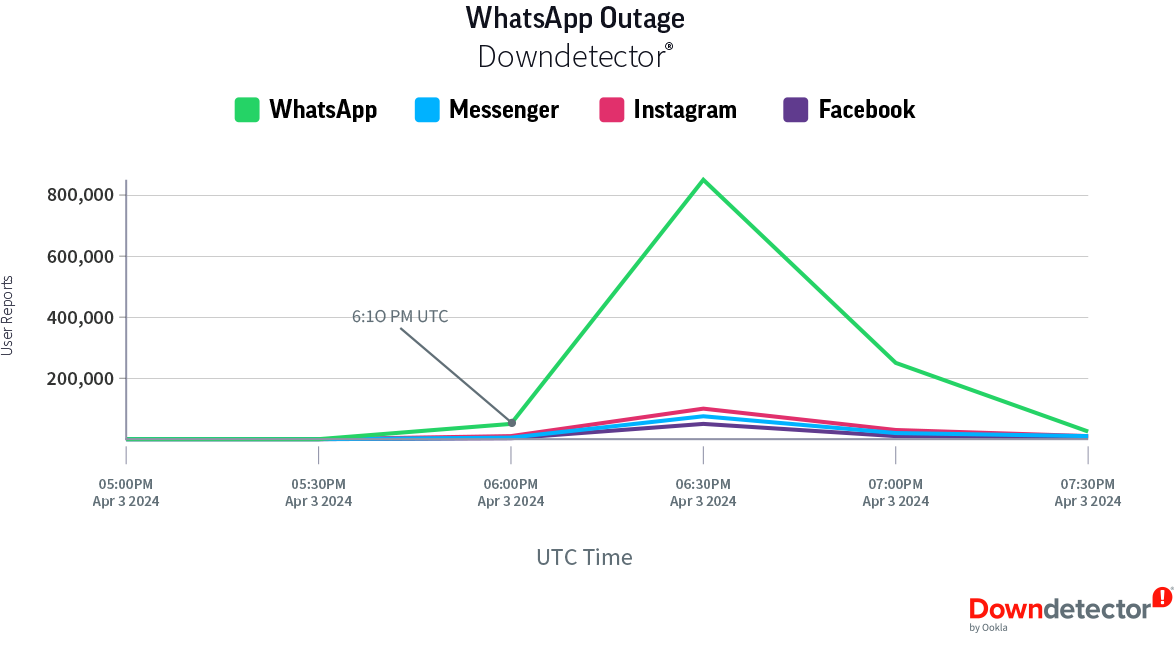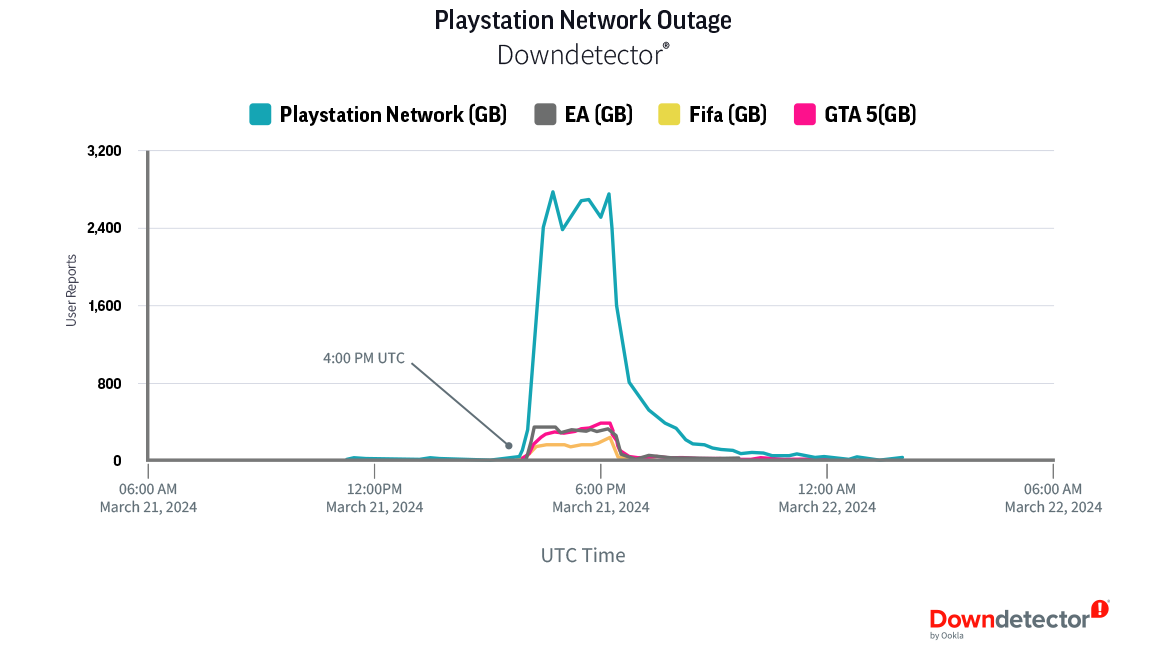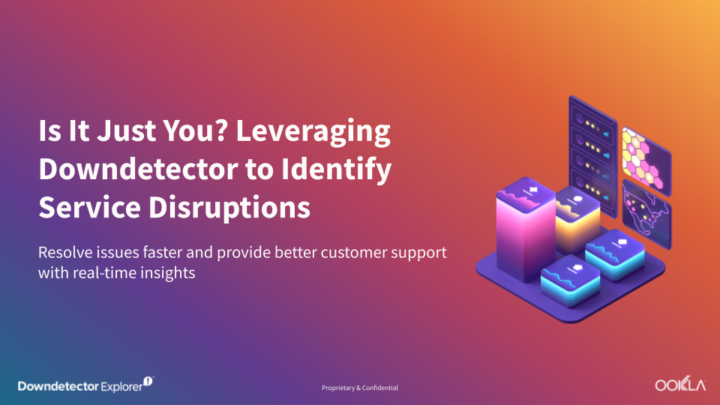When online services go down, time is of the essence. While businesses and service providers face immense pressure to identify the root cause of outages quickly, determining whether an issue stems from internal systems or external factors can be challenging. And downtime isn’t just lost time – it’s lost revenue, reputation, and results.
Downdetector, a global platform for reporting service outages, has developed sophisticated outage detection capabilities to help businesses pinpoint the source of disruptions faster, ultimately leading to quicker resolutions and improved customer satisfaction.
In this article, we’ll show how Downdetector works, examine real-world examples from major outages, and explain how businesses can troubleshoot problems faster when every moment is critical. For a deeper look at how enterprises use Downdetector to pinpoint the source of service outages, including demonstrations and expert Q&A, watch our full webinar on demand!
How Downdetector Works: The Power of Crowdsourced Data
What if millions of users worldwide could instantly alert businesses when their service goes down – often before their own monitoring systems catch the problem? That’s exactly what Downdetector delivers. When online services fail, users around the globe report the issues they’re experiencing, creating a powerful early warning system that captures outages as they actually happen.
User reports form the core of Downdetector’s monitoring approach. When report volumes spike well above normal baselines for a service, Downdetector flags an outage. The platform’s crowdsourced intelligence often surfaces problems that internal tools can miss, giving businesses crucial visibility into service disruptions.
Downdetector’s global scale makes this approach uniquely powerful:
- Present in 64 countries across 26 languages
- Monitoring over 25,000 services worldwide
- Engaging with more than 20 million monthly active users
Downdetector not only collects user reports, but also uses artificial intelligence to transform this raw data into actionable insights. AI-powered situation reports automatically analyze and summarize incident details, helping businesses quickly understand outage impacts without manually sifting through thousands of individual reports. This technology identifies patterns and correlations across different services, revealing connections that might otherwise go unnoticed.
While the consumer-facing website (downdetector.com) shows basic outage information, Downdetector Explorer, the commercial version, offers comprehensive notifications and alerts, granular data, and AI-powered insights that help companies troubleshoot issues almost immediately after users start reporting problems.
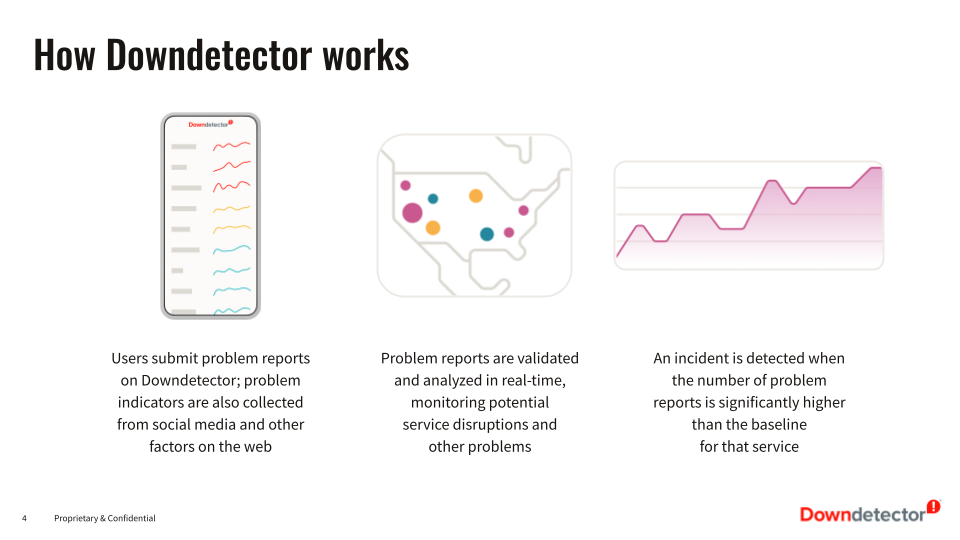
Pinpointing the Source of Outages
When service disruptions occur, online platforms and digital service providers need to quickly determine if the problem is in their own systems or caused by something external. For example, when users report they can’t access a website, the issue might not be with the website itself, but with a Content Delivery Network (CDN) that distributes the site’s content globally. Understanding the true source of problems gives service providers the insights they need to best allocate troubleshooting resources and resolve issues faster.
Service outages reported on Downdetector fall into three distinct categories, each requiring different response strategies:
- Internal causes: Issues within a company’s own systems or infrastructure that they control directly, such as server failures
- Downstream causes: For communication service providers (ISPs and mobile carriers), these are issues with services they carry to customers (like Instagram, Spotify, or Facebook). For other businesses (like banks), downstream causes involve services they use to connect with users, such as ISPs or mobile operators
- Upstream causes: Problems with the core infrastructure or services that companies depend on for their own operations, such as cloud services (e.g., Google Cloud), security applications, or CDNs (e.g., CloudFlare, Akamai).
Downdetector’s visibility across thousands of services worldwide enables the platform to determine whether an incident likely has an internal root cause or stems from external factors – a crucial distinction that can save businesses hours of unnecessary troubleshooting.
Putting Theory into Practice: Global Outage Examples
Understanding the root cause of service outages is critical for rapid resolution. During our recent webinar, two major global service disruptions were discussed (a PlayStation Network outage and a Netflix live broadcast outage), and Downdetector’s data provided clear insights into the sources of the problems.
PlayStation Network Global Outage (February 7, 2025)
Imagine millions of gamers simultaneously discovering they can’t access their favorite online games. This nightmare scenario became reality on February 7, 2025, when Sony’s PlayStation Network (PSN) experienced one of its most significant outages in recent years. What makes such massive service disruptions particularly challenging is determining whether the problem lies with the platform itself, with a specific game, with a specific game publisher, or with the external infrastructure that supports it. This is where Downdetector’s incident attribution capabilities proved invaluable.
The outage’s impact, by the numbers:
- First declared at 6 PM EDT/11 PM UTC on February 7
- Generated over 3 million reports during the 24-hour period
- Peaked at more than 300,000 reports per hour
- Affected over 30 monitored games
- Prompted over 30,000 user comments on the U.S. Downdetector page alone
By analyzing report patterns and volumes, Downdetector concluded the PSN outage was likely caused by internal PlayStation Network systems based on several factors:
- Much higher volume of reports for PSN itself versus individual games
- Significantly higher reports compared to other gaming platforms like Xbox or Ubisoft Connect
- Multiple game publishers affected across various titles
- No indications of broader infrastructure issues with cloud providers or communication service providers
Downdetector’s quick identification of the likely internal cause would allow the platform to focus its troubleshooting efforts on their own systems, helping fix the issue faster during a critical outage that affected millions of customers worldwide.
Netflix Live Broadcast Outage (November 15, 2024)
What happens when one of the biggest streaming platforms hosts one of the most anticipated sporting events of the year? The Mike Tyson vs. Jake Paul boxing match on November 15, 2024, put Netflix’s live streaming capabilities to the ultimate test – and highlighted the challenges of pinpointing the source of issues when multiple services are affected at once. As millions of viewers around the world tuned in to watch the high-profile bout, reports of streaming problems flooded into Downdetector at unprecedented rates:
- Issues began around 7 PM EDT/midnight UTC
- Reports peaked at approximately 95,000 per 15-minute interval
- Over 1 million reports submitted by users across 50 countries
- User reports occurred alongside a spike in issues reported for ISPs, AWS, betting apps, and food delivery services
Downdetector’s analysis concluded that the outage was an internal Netflix issue, despite the impact on services like AWS, ISPs, and betting apps. While Netflix relies on AWS for its streaming infrastructure, the problem appeared to be isolated to the portion of AWS used specifically by Netflix, rather than affecting AWS services more broadly. The global nature of the outage and its impact across numerous ISPs also ruled out problems with Netflix’s Open Connect network or individual service providers.
Local and Regional Service Outages
While global outages grab headlines, some of the most challenging service issues to diagnose are those affecting only specific regions or user segments. This is where Downdetector’s extensive data collection capabilities are key for enterprises, enabling users to identify localized patterns that might otherwise be overlooked as isolated complaints.
Regional service outages can be particularly frustrating for both users and service providers — users don’t understand why they’re the only ones affected, while providers struggle to replicate the problems in their systems. Let’s take a look at two examples of regional outages and how users identified and reported these issues.
- Xfinity Issues in the Pacific Northwest: Thousands of reports from Seattle, Portland, and Vancouver (Canada) revealed problems with Google services (Search, YouTube, DNS) and Discord, but only for Xfinity users in the affected areas.
- AT&T Fiber Issues in the Dallas Metro Area: A localized problem affected PlayStation Network and Hulu users, but only those connecting through the AT&T Fiber network in and around Dallas.
Downdetector Explorer’s ability to recognize patterns and form correlations allows businesses to quickly identify when an issue affects only users of a specific service provider in a particular geographic area.
Taking the Next Step with Downdetector Explorer
Service outages spread quickly and often affect millions of users. Businesses that quickly identify and address the source of problems gain a crucial competitive advantage, maintaining both customer trust and operational efficiency during these critical moments.
Downdetector Explorer gives your organization the tools needed to stay ahead of outages with:
- Real-time, granular data on service issues
- AI-powered situation reports summarizing incidents
- Integrations with other observability systems (Datadog, Opsgenie, Slack)
- Outage source identification capabilities
- Detailed location and provider information
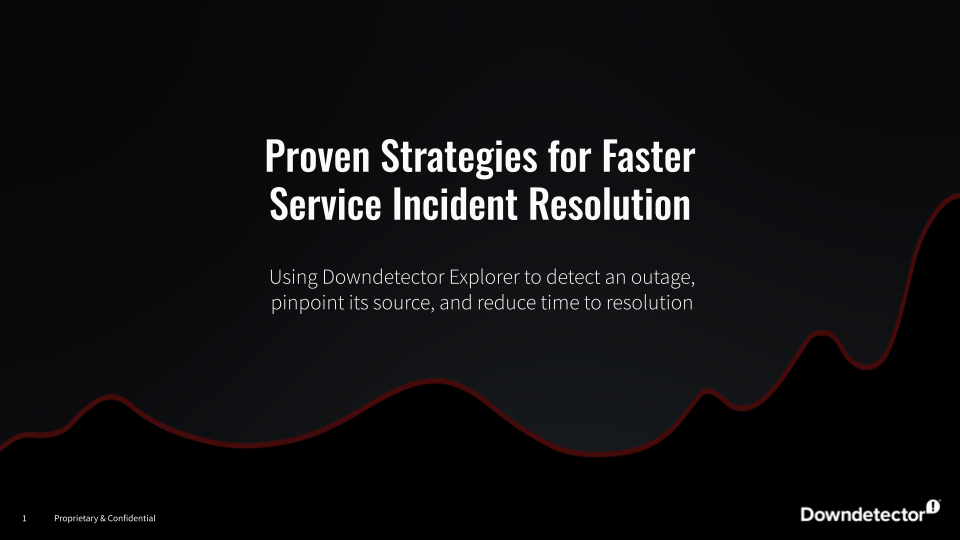
Ready to see how Downdetector can help your business respond faster to service incidents? Visit our website to learn more about Downdetector Explorer or reach out to our team!
Ookla retains ownership of this article including all of the intellectual property rights, data, content graphs and analysis. This article may not be quoted, reproduced, distributed or published for any commercial purpose without prior consent. Members of the press and others using the findings in this article for non-commercial purposes are welcome to publicly share and link to report information with attribution to Ookla.

